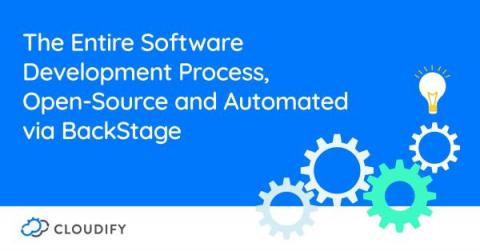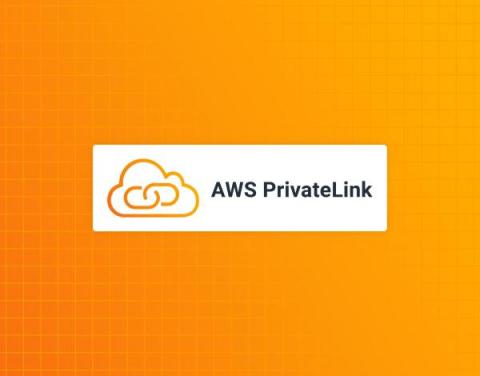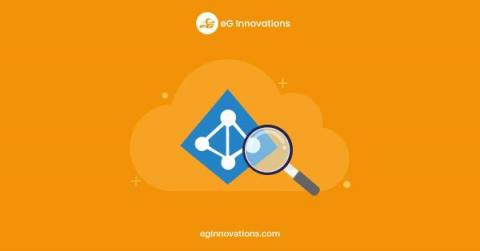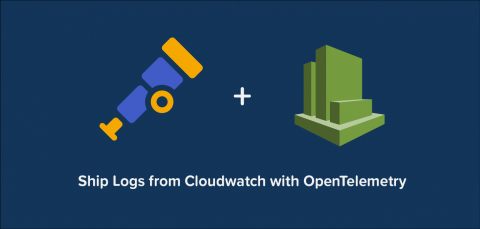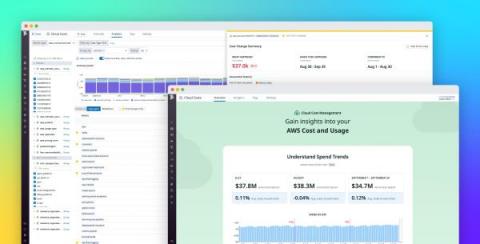The Entire Software Development Process, Open-Source and Automated via Backstage
The #1 KPI is not how fast a developer codes, but rather how long it takes from the time a developer starts to work on a new feature till it gets to production. In this blog I’d like to describe a few concepts and present a real life example, where we utilized a chain of open source tools to automate the entire software development process, from code to production.


